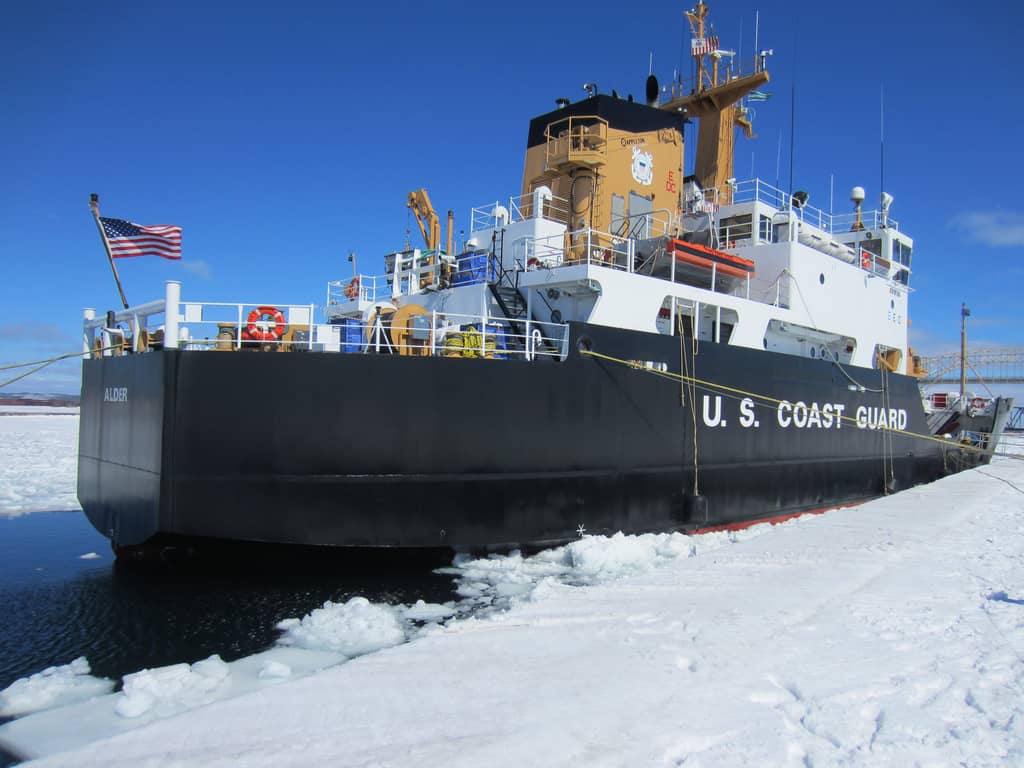Great Lakes Ice Cover Passes 92 Percent, Nears Historic Record
OutdoorHub Reporters 03.11.14

The NOAA Great Lakes Environmental Research Laboratory reported this week that the Great Lakes had an ice coverage of more than 92.2 percent. A brief thaw has halted the ice spread, stopping this year’s ice cover just short of the all-time record of 94.7 percent. With warming temperatures, experts say it is unlikely that 2014 will overtake the historic record set back in 1979.
“We started out with a cold fall and an early winter,” NOAA researcher George A. Leshkevich told the Midland Daily News.
What really increased the ice was a record-shattering Arctic blast in late February and early March. The ice coverage on the great lakes was already extensive when the late winter chill hit, boosting the coverage of all five lakes to above 90 percent. Last week Lake Michigan held steady with 93.2 percent ice coverage, the highest in the 41 years since researchers started recording ice levels for the lake. The large amounts of ice and snow are also translating to higher water levels. According to weather.com, the US Army Corps of Engineers is predicting a rise of 13 inches in Lake Superior water levels when spring arrives and a similar increase across the other lakes.
The ice is not only a boon for anglers, but also those adventurous enough to explore the new ice caves along the shores of Lake Superior. In Wisconsin’s Apostle Islands National Lakeshore, visitors are crawling over the fleeting attraction of icy two-story caves.
“Just the sheer beauty of it, you couldn’t dream this up,” visitor James Fuchs told WCCO.
Just like the icy blanket on the Great Lakes, however, these caves’ frosty cover will not last for long. Although another winter freeze is headed towards the region, experts say it is unlikely the ice will recover from the recent thaw.
“All the lakes seem to have large cracks on the ice,” Leshkevich said.
These large cracks are the precursors of dangerous ice floes, the largest of which can be seen from space. Despite winter’s lingering grasp, it seems that spring is finally coming.

